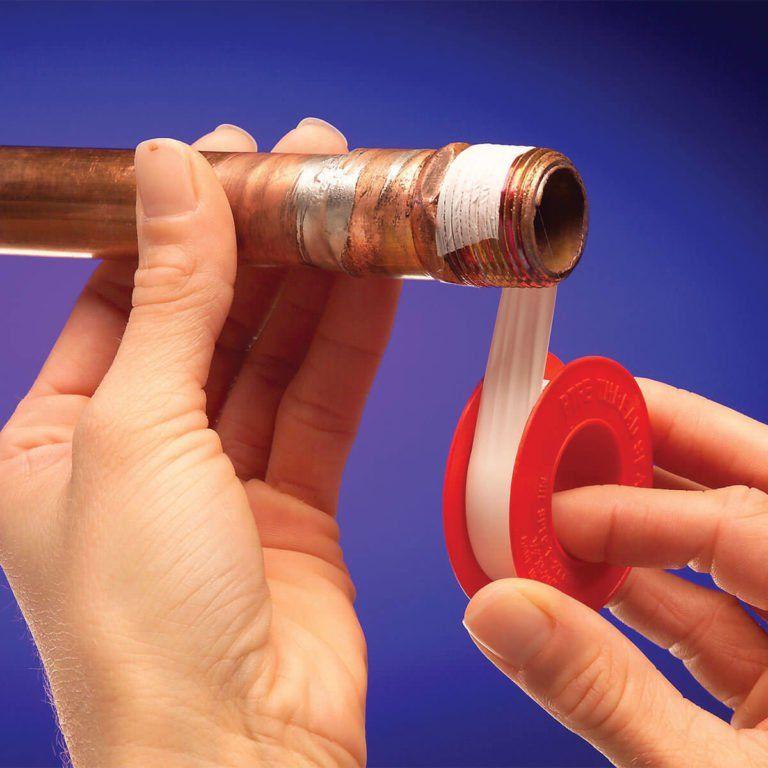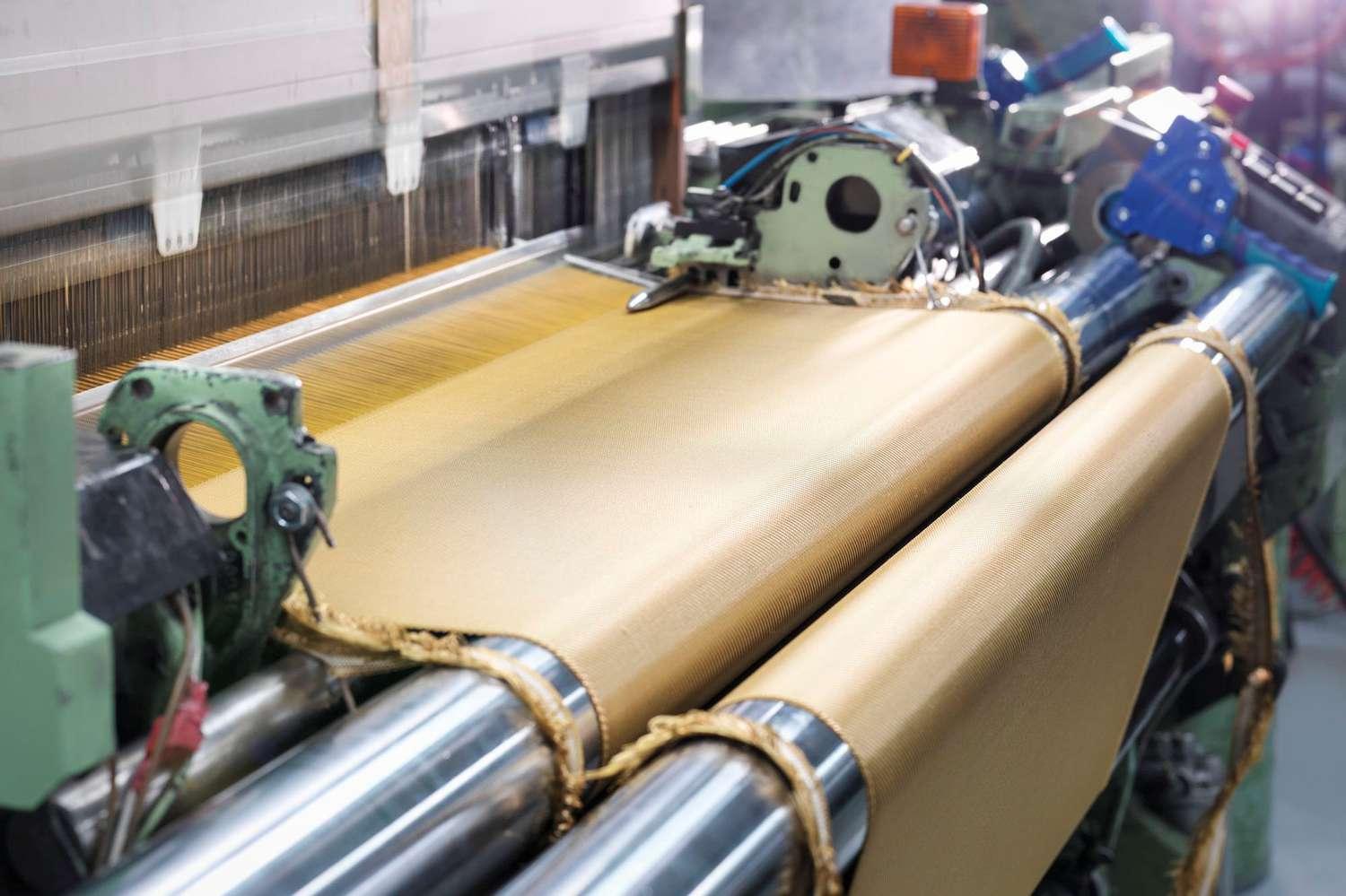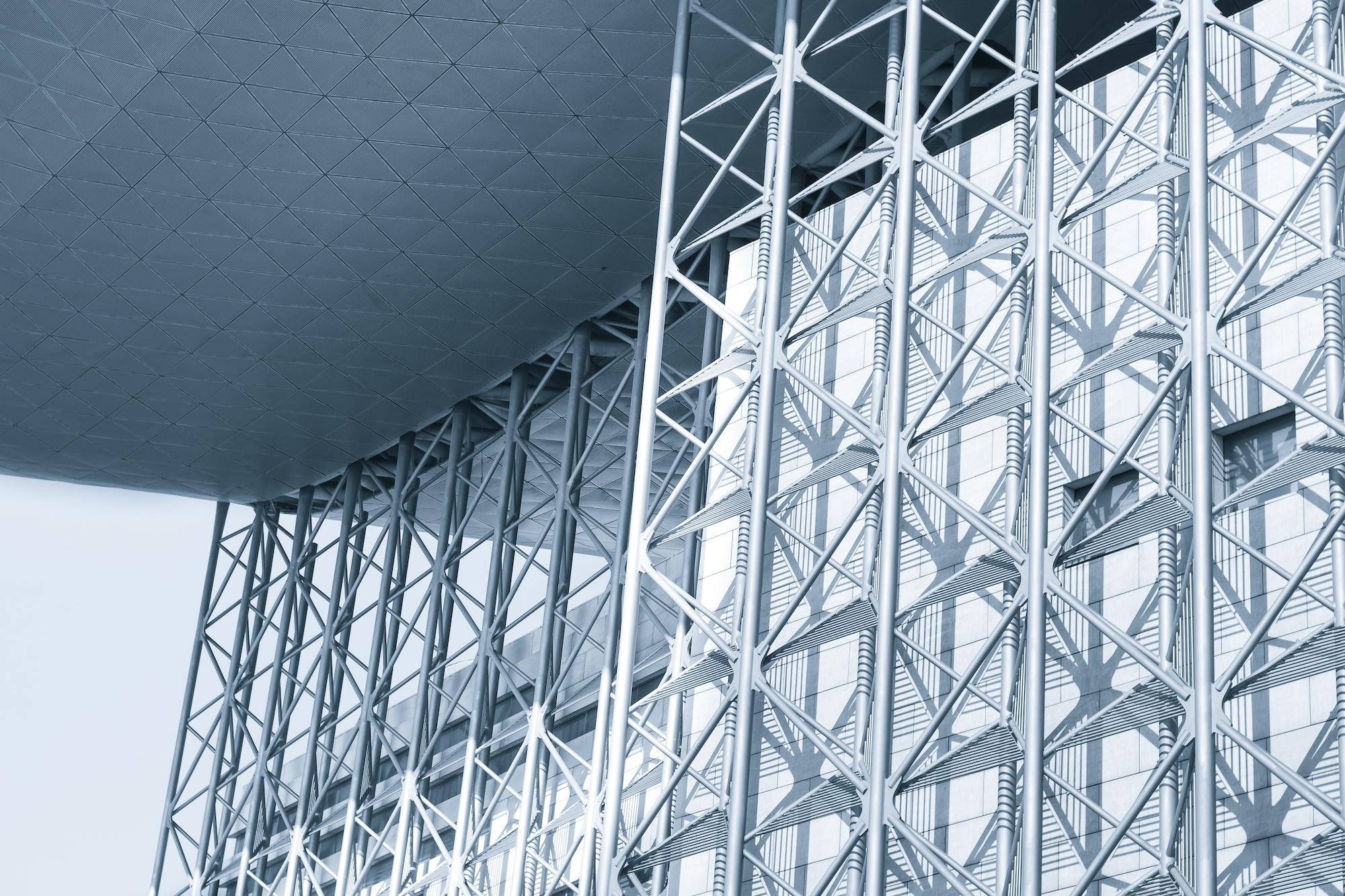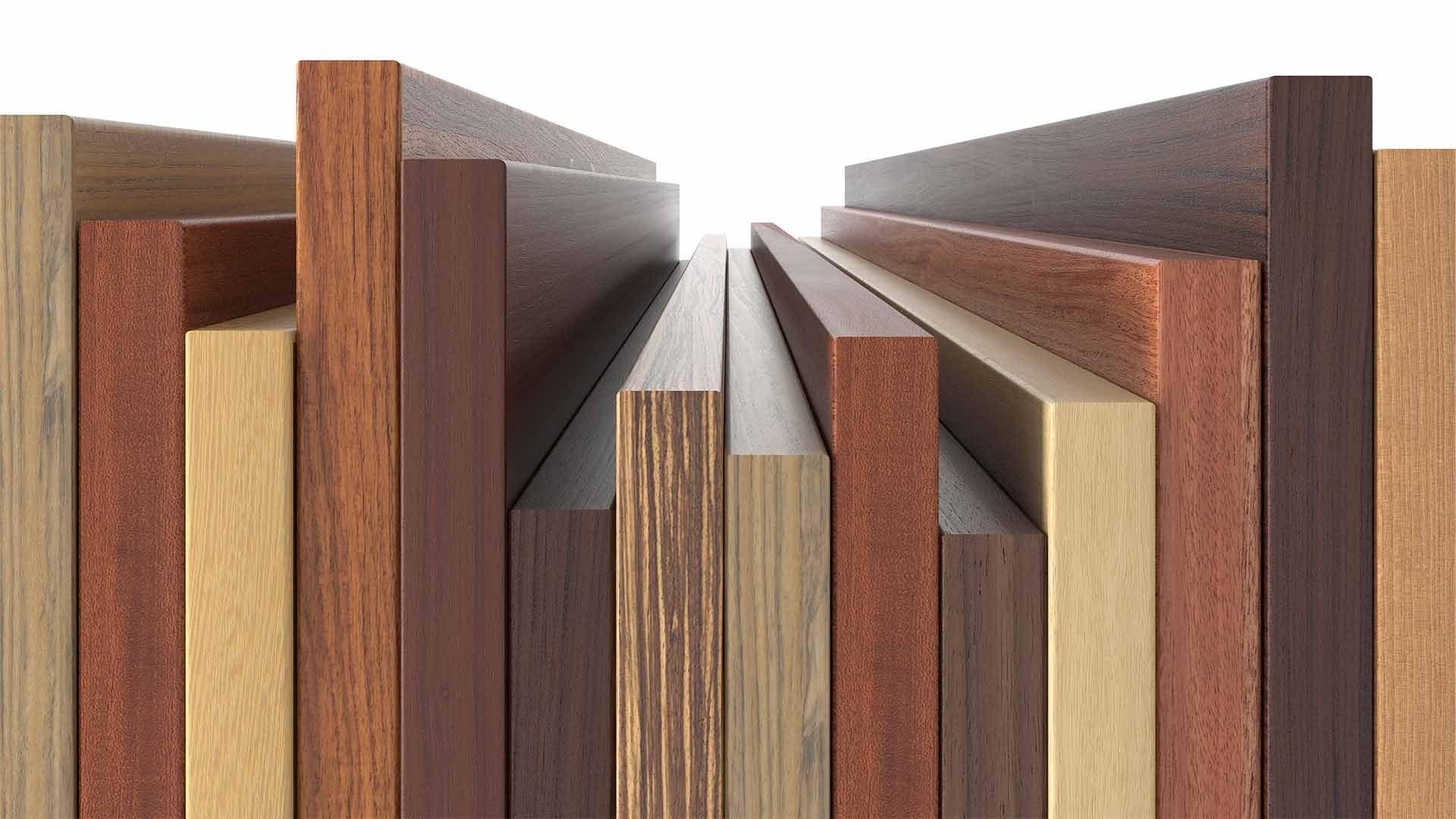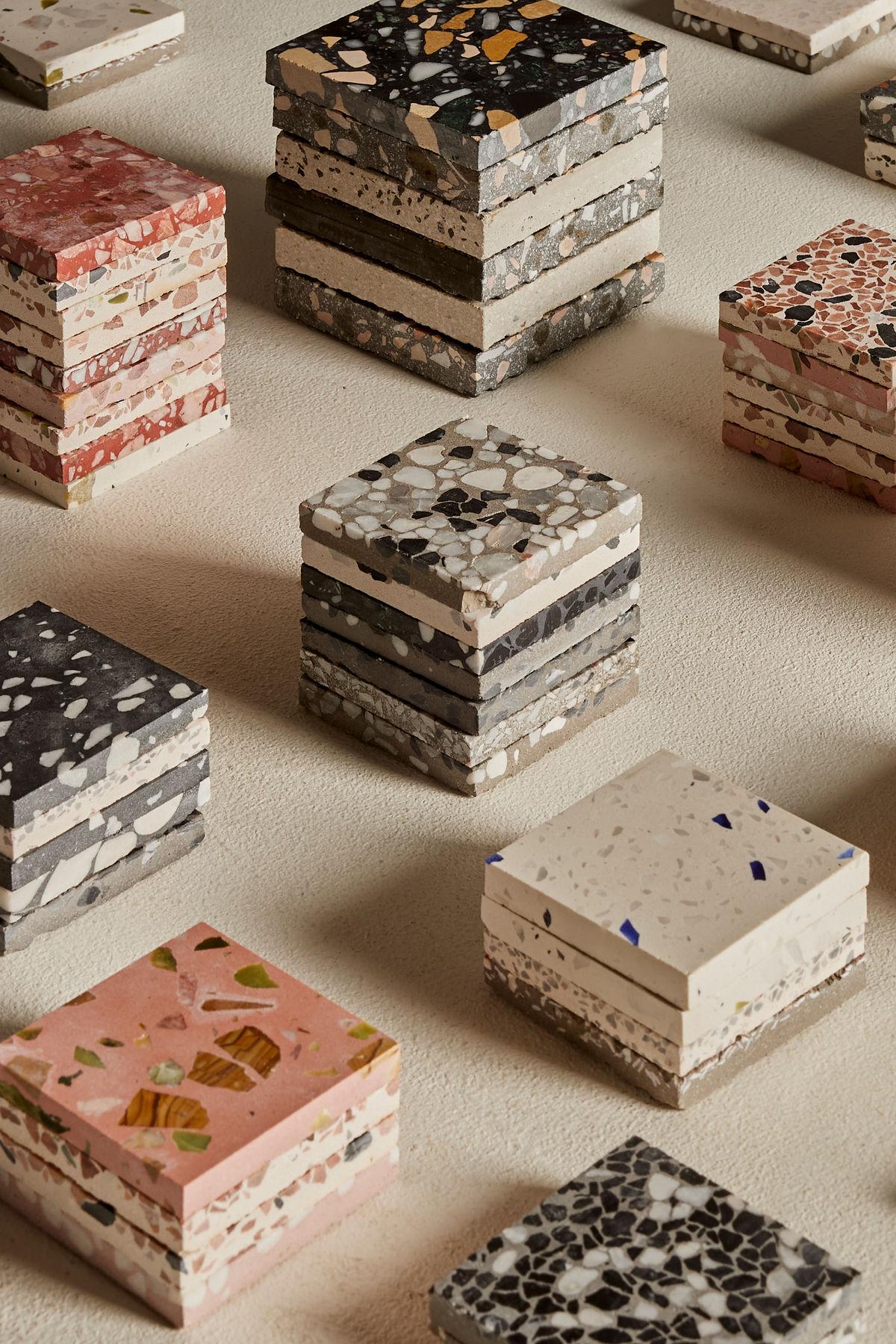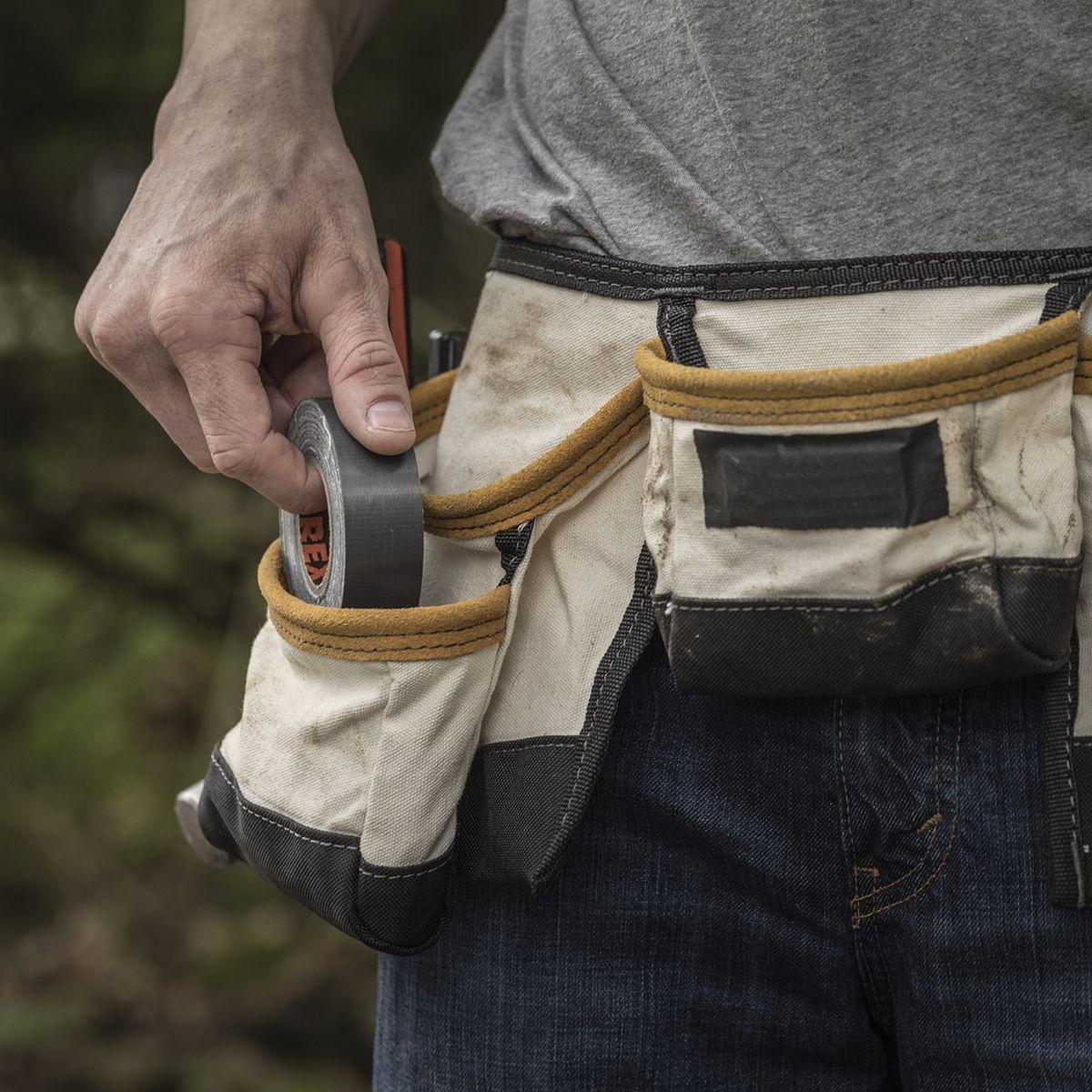The Art of Construction-Eiffel Tower
Jan 16 • 4 min read
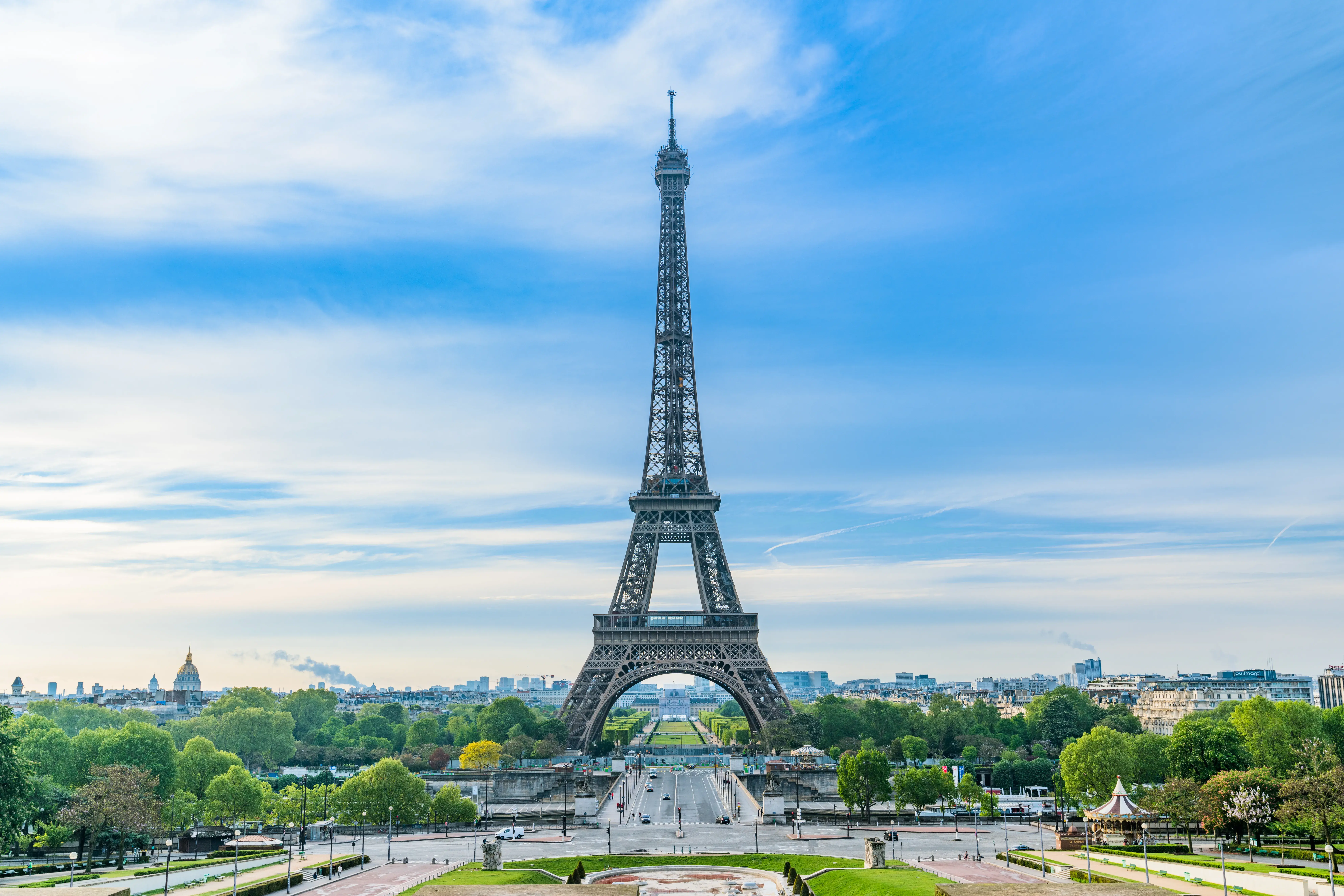
The Eiffel Tower is one of the world’s most iconic landmarks, but its story is filled with controversy, innovation, and challenges that made its existence anything but certain. Originally designed as a temporary structure, this architectural marvel defied expectations and became an enduring symbol of engineering excellence. In this blog, we explore the fascinating history of the Eiffel Tower, the challenges its construction faced, and the reasons why it still stands today.
Why Was It Originally Constructed?
The Eiffel Tower was conceived as the centerpiece of the 1889 Exposition Universelle (World's Fair) in Paris, held to commemorate the 100th anniversary of the French Revolution. French engineer Gustave Eiffel and his company won the contract to design and build the tower, which was intended to showcase France’s industrial prowess and embrace of modern engineering. At the time, Paris was already home to impressive structures like the Notre-Dame Cathedral and the Louvre, but nothing of the scale or ambition of the Eiffel Tower.
Its original purpose was to be a temporary structure, standing for just 20 years before being dismantled. It was meant to symbolize France’s entry into the modern age, demonstrating the possibilities of iron and steel as construction materials for the future. Little did anyone know that the tower would become the most recognizable symbol of Paris, if not the world.
Key Challenges Faced During Construction
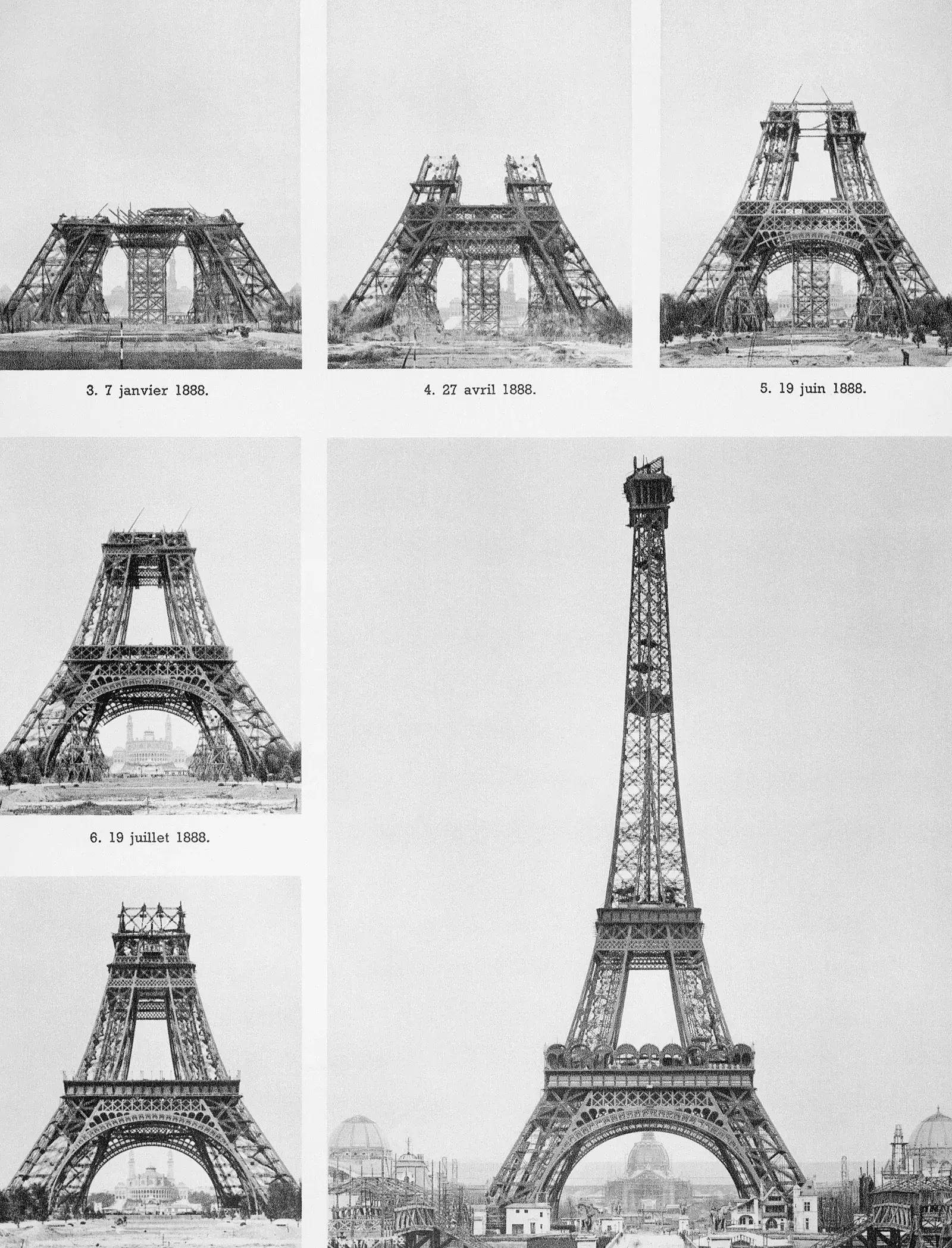
The construction of the Eiffel Tower was not without its hurdles. Several key challenges arose during the planning and building phases, both from a technical and social standpoint:
Public Opposition: The Eiffel Tower was met with fierce resistance from many prominent artists, intellectuals, and Parisians. They feared it would ruin the aesthetic of Paris, calling it an "eyesore" that would detract from the city’s beauty. A petition signed by influential figures like Guy de Maupassant and Charles Gounod condemned the tower’s construction.
Engineering Complexity: The sheer scale of the Eiffel Tower was unprecedented at the time. Standing at 300 meters (984 feet), it was the tallest structure in the world, requiring groundbreaking techniques in both design and construction.
Wind Resistance and Stability: Due to its height, the Eiffel Tower needed to withstand powerful winds, which presented significant challenges in ensuring its structural integrity and stability.
Material Innovation: The use of wrought iron was relatively new on such a large scale, and precision was required to manufacture and assemble the iron parts.
Safety Concerns: The workers had to construct the tower at staggering heights, creating inherent risks, as well as the challenge of keeping the project on schedule and within budget.
How Were These Challenges Solved?
Gustave Eiffel’s engineering genius and the ingenuity of his team turned many of these challenges into opportunities, ensuring the Eiffel Tower’s successful completion.
Public Resistance
While critics were vocal, Eiffel confidently pushed forward with the project. His reputation as a skilled engineer helped convince the public and the French government of the tower’s value. Eiffel also wisely designed the tower to be a practical and functional structure that could later serve as a radio transmission tower, which would be beneficial for communication in the coming decades.
Wind Resistance
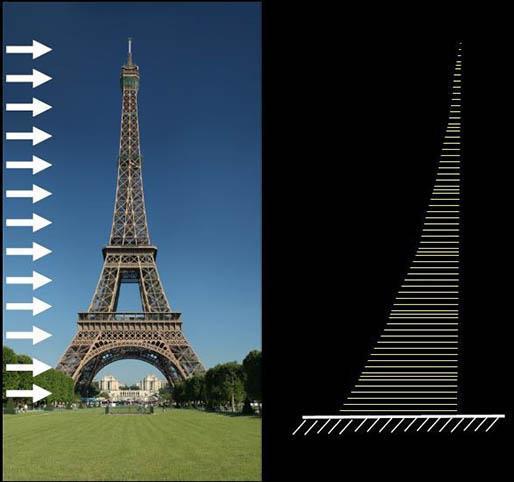
The Eiffel Tower’s lattice design proved to be a game-changer. The open structure allowed the wind to pass through, reducing the amount of pressure placed on the tower. It was a highly intuitive solution that turned a potential weakness into an asset, as the tower was able to withstand high wind loads without compromising its stability.
Material Innovation
The precision and craftsmanship required for the wrought iron pieces were no small feat. The iron was prefabricated and carefully pre-cut in factories, which ensured that each piece fit precisely. The workers also used more than 2.5 million rivets to secure the structure, requiring both skill and accuracy.
Safety Measures
Despite the dangers associated with building at such a height, the workers employed new techniques, including safety harnesses and platforms, to minimize risks. Remarkably, only one worker lost their life during the entire construction process.
Why Did the Eiffel Tower Continue to Exist?
While the Eiffel Tower was initially intended to be dismantled after the 1889 Exposition Universelle, several factors contributed to its continued existence.
1.Scientific and Technological Uses
Shortly after its completion, the tower was repurposed as a radio transmission tower, marking the beginning of its usefulness beyond the World’s Fair. Its height made it an ideal location for sending and receiving radio signals, which was invaluable during World War I and the subsequent development of wireless communication.
2.Cultural Icon
Over time, the Eiffel Tower became more than just a technological marvel—it became a symbol of Paris and French culture. As the city grew in prominence and tourism increased, the tower became one of the most visited attractions in the world.
3.Structural Integrity
Far from the unstable structure many feared it would be, the Eiffel Tower proved to be incredibly resilient. Its design and engineering were ahead of its time, and it has withstood the test of weather, wind, and time. Unlike many other temporary structures, the Eiffel Tower was built to last, and it has been continually maintained and preserved.
4.Tourism and Economic Impact
As tourism to Paris increased, the Eiffel Tower became a major attraction, drawing millions of visitors annually. The economic benefits of keeping the tower intact far outweighed the costs of its demolition.
Conclusion
What began as a controversial project has since become a global symbol of innovation, art, and engineering. The Eiffel Tower’s journey from temporary exhibition piece to permanent Parisian landmark is a testament to human ingenuity and perseverance. Thanks to its remarkable design, clever use of materials, and adaptation to evolving needs, the Eiffel Tower continues to stand tall more than 130 years after its completion. Today, it is not just a monument to Paris, but to the vision and resilience of the engineers who defied the odds to make it a reality.
Image Credits
https://www.architecturaldigest.com/story/eiffel-tower-everything-you-need-to-know
Our Clients








Related Blogs
